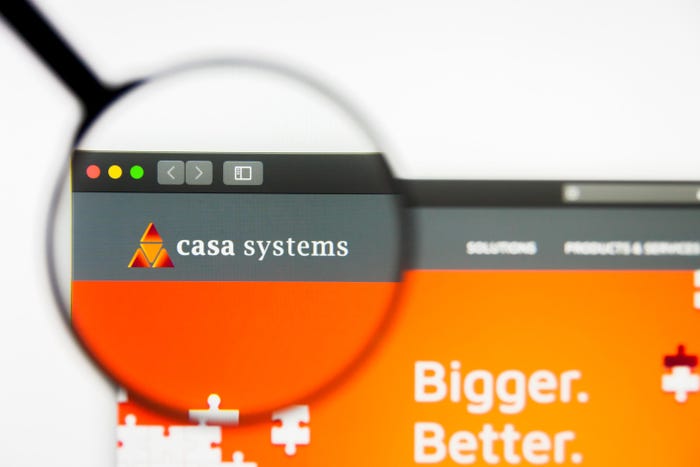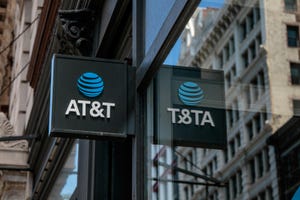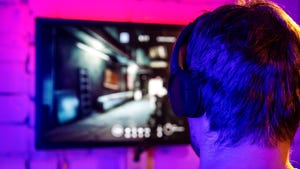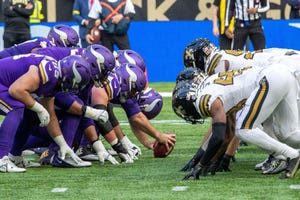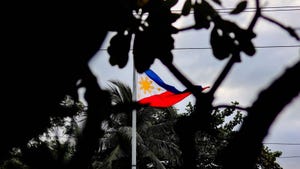Speakers at FutureNet World keynote panel.
5G
Monetization still a challenge for telcos, but BT sees 'light at the end of the tunnel'Monetization still a challenge for telcos, but BT sees 'light at the end of the tunnel'
During FutureNet World conference in London, European telco representatives agreed challenges remain when it comes to monetizing their networks, but some seemed cautiously optimistic about the sector's future.
Subscribe and receive the latest news from the industry.
Join 62,000+ members. Yes it's completely free.



